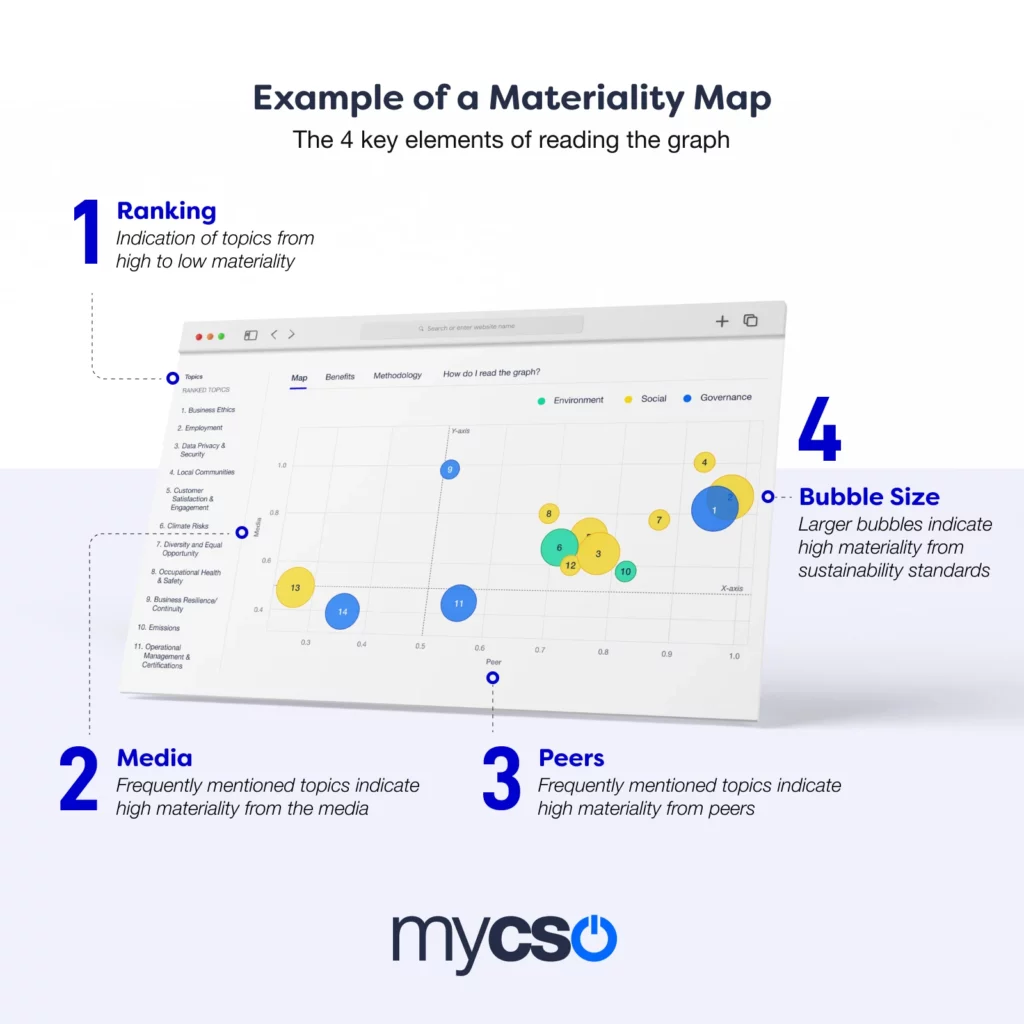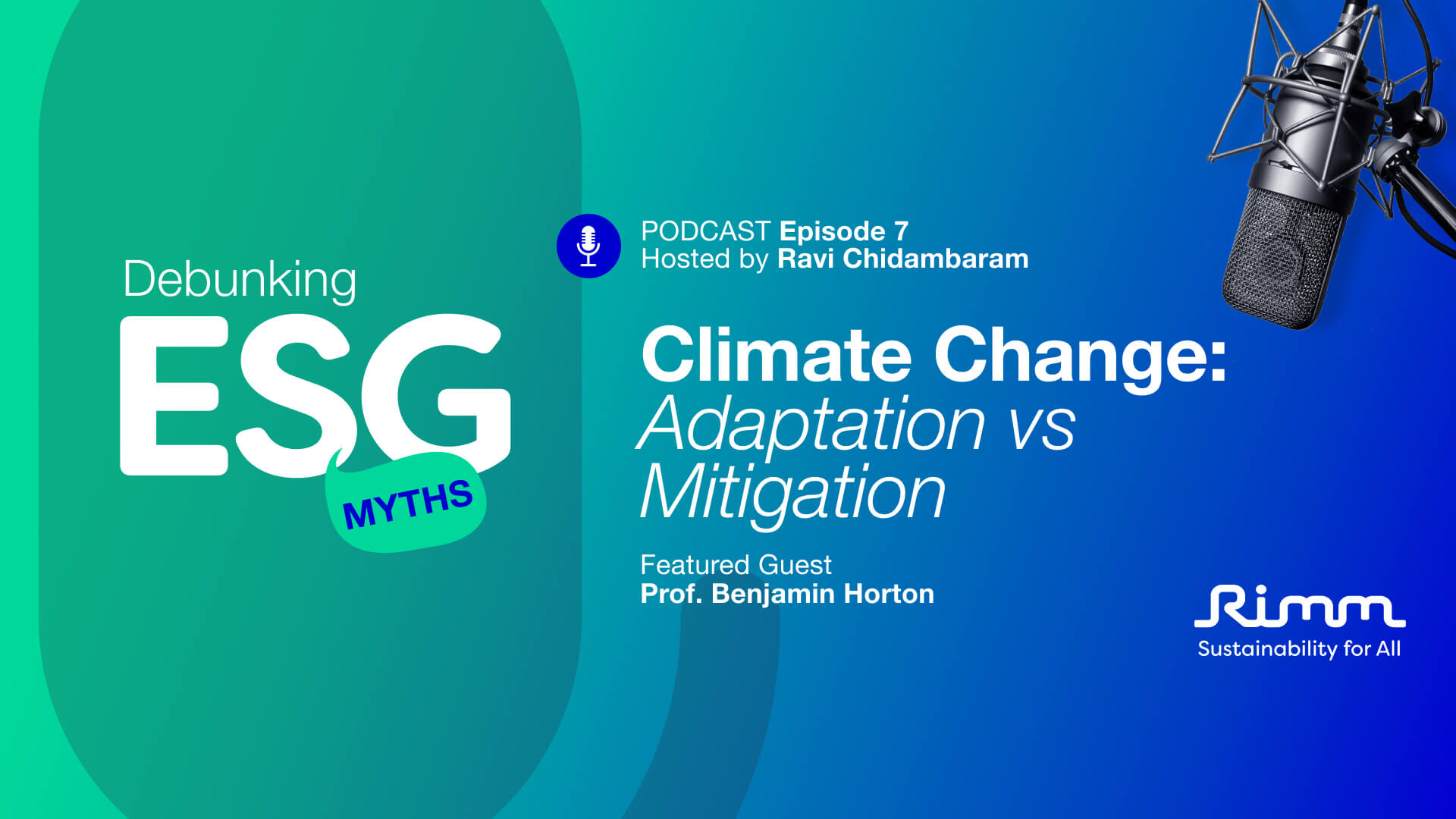Confused about which ESG issues matter the most for your business? Use a materiality map to identify the material issues you should address first.
Carbon emissions, stakeholder engagement, product safety, data security, occupational health and safety, human rights, ethical governance… The list of environmental, social and governance (ESG) issues to report on and track your business’s performance is endless. Knowing where to focus is key, and that’s where materiality comes in handy.
What is materiality?
Materiality refers to the relevance or importance of an ESG issue to your company. In simple terms, it means to identify the issues that matter the most to your business and stakeholders.
According to the Global Reporting Initiative, material topics are “topics that represent the organization’s most significant impacts on the economy, environment, and people, including impacts on their human rights.”
In reality, not all ESG issues carry the same importance across industries, and not all ESG metrics may be relevant for your organization. Understanding materiality will help your organization conduct ESG assessments and reporting in an efficient and effective way. It can guide your ESG reporting processes, help you devise your sustainability strategies on key areas your business needs to prioritize and improve your engagement with stakeholders.
One way to quickly identify the material topics for your business is through a materiality map.
What is a materiality map?
An ESG materiality map is a visual representation of the most significant ESG issues faced by your organization. It is generated through a process that involves analyzing company data, benchmarking against peers and industry best practices, and engaging with stakeholders to understand their perspectives on relevant ESG topics.
By identifying the topics that have the highest potential to impact your financial performance, reputation and long-term sustainability, materiality maps can help your organization strategically plan its business operations. Insights gleaned from a materiality map can better inform decision-making around resource allocation and goal-setting, as well as position you to perform better in ESG.
How do I interpret a materiality map?
Materiality maps come in different shapes and sizes, but each one has two key components in common: a set of material issues and their relative materiality. Determinants of materiality can differ map to map, so keep a lookout for what methodology a map is using to determine the material issues.
Here’s an example below of a materiality map that shows a set of ESG topics ranked from highest to lowest materiality. The vertical axis represents the frequency of topics mentioned in mainstream media, and the horizontal axis indicates the frequency of topics mentioned by industry peers in their publicly disclosed sustainability and annual reports. The size of the bubble indicates the frequency of topics flagged as material across various global sustainability standards, such as GRI, SASB and MSCI. Hence, larger bubbles in the top-right show topics that are highly material based on industry and media data, and come up frequently in global sustainability standards.

Materiality maps are a crucial part of ESG and sustainability reporting. Once you have identified your organization’s material topics, you can focus on directing your resources towards understanding the key ESG risks and opportunities your organization faces and work towards improving your performance.
Want to find out more about the material topics to your organization?
Generate your own materiality map in just a few clicks with myCSO!
Simplify Your Sustainability Performance & Tracking With myCSO
✅ Calculate your scope 1, 2 and 3 emissions instantly
✅ Gauge your company’s sustainability performance
✅ View your sustainability performance all from one dashboard
✅ Benchmark against industry peers
Enter your information below to book a demo with our team today.







